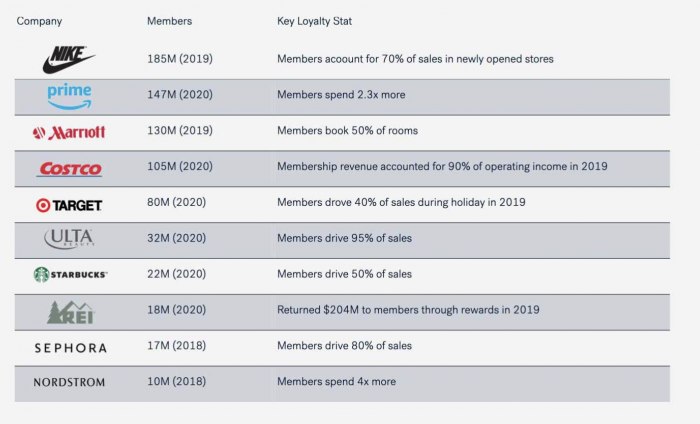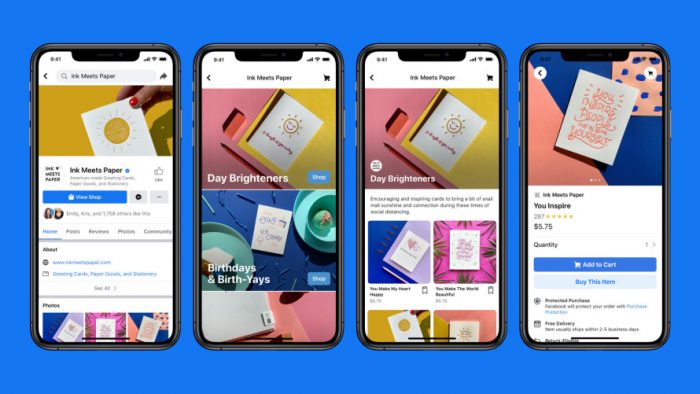We’ve seen a huge evolution in how brands acquire and retain customers in the past decade. Digital engagement has become king, and any (incredibly small) lingering doubts that it’s the most vital tool in any customer engagement team’s arsenal have been well and eliminated in the past 18 months.
With huge swathes of the world in various states of lockdown, consumers turned to the digital realm for the interactions they might normally carry out in person. What we’ve seen is something which started as a necessity has become a preference.
In the US there’s been a 25% growth in online customers across so many industries, from groceries and food to over the counter medicine and home furnishings. The use of messaging channels has also seen a huge boom since March 2020 – Facebook Messenger had a 40% increase in traffic and 80% of time spent using mobiles is on messaging apps.

This shows the digital switch is here, it may have been inevitable, but there’s no doubt global events have accelerated the shift. Facebook and Google’s advert empires have been great companions to digital marketers in recent years, but as the shift in consumer behaviour has emerged, so have more effective tools.
What Facebook and Google have created feels like superficial ‘buyer personas’ for every one of their users, but it creates two very specific problems.
-
1. The data won’t be accurate for much longer. Google and Apple are making tracking online activity much harder through their devices, which is going to affect the efficacy of the advertising infrastructure.
2. It’s impersonal mass-marketing. Modern consumers demand engaging and personalized relationships from their favourite brands. You can’t write a heartfelt obituary from someone’s Wikipedia page.
It’s understandable that brands have been funneling budgets into social advertising to try and reach more customers online – but it’s made for a more crowded and expensive space, with a rise of 41% in cost per thousand clicks year-on-year in 2021.
So how do you break through the noise? How can you engage customers and create long-lasting customer relationships that feel personalized and relevant to them? You need to think beyond traditional marketing which only focuses on the start of a buyer’s journey.
It’s time to think beyond CAC and look at customer lifetime value (CLV). It’s time to introduce messaging channels to your strategy and start conversational marketing.
What is Conversational Marketing?
It’s the antithesis of impersonal, one-way mass marketing. It’s a way of engaging consumers in a two-way conversation that builds trust by making the whole customer journey as personalized and seamless as possible.
“I have always felt that it’s somehow arrogant to believe that we could compel, persuade or influence a consumer by speaking at them – employing one-way interactions without thinking they might want to say something back.”
Matt Ramerman, Sinch for Marketing
Loyalty is More Important than Acquisition
With every brand scrapping for their own piece of an overpopulated digital landscape, I believe that customer retention is a more important focus than looking to grow your customer base. That’s not to say shutting down all acquisition efforts is a good idea, but current customers are cheaper to retain and 70% more likely to buy from you again, provided it’s a good experience. You only need to look at the revenue generated by some of the world’s biggest brands through loyal customers to understand how important it can be.

We also know that consumers value convenience (51%) and speed (36%) above everything when choosing which brands to shop with, so it’s important to look at which tools will allow marketers, in fact every customer facing team, to easily engage customers, with seamless experiences that create loyalty.
In the modern digital world, messaging channels offer all of this and higher engagement rates than other channels like email or in-app communication. They combine commerce, easy engagement and, as I said above, ⅘ of all time spent using smartphones is on messaging apps. Your customers are already there, so why not capitalize on their popularity and high engagement rates to have two-way conversations with your customers.
A Complete Customer Lifecycle on Facebook Messenger
Step 1: Personalized eCommerce
Using Facebook shops, you can showcase your brand’s products and customers can reach out to a business through Messenger to ask questions and get support whilst browsing. Messenger becomes a virtual shop assistant, payment service (in certain regions) and advertising billboard for every brand that has a virtual shop front.

Step 2: WISMO
The WISMO (where is my order?) stage of a purchase is often when a consumer is most engaged, the period Harvard Business Review describes as ‘the experience gap’. It’s the time when brands can deepen their relationship with customers while they wait for their order to arrive. 80% of consumers want brands to directly communicate with them after a sale, and are more likely to buy again as a result. So keeping them updated with messages tracking their delivery at every stage, means they don’t have to reach out to see the progress and feel like they’re being taken care of with two-way interactions at every stage.

Step 3: Proactive Notifications
The post-purchase engagement doesn’t have to stop at the WISMO stage. If a conversation is happening on Messenger, that’s where it stays for the rest of their customer journey. It opens up the possibility for targeted, proactive notifications that don’t feel like spam. For example:
-
1. Recurring purchases Beauty brands or food retailers who know their product traditionally for a set period can re-engage after the transaction to ask if they want to buy again or set up a regular order and reminders.
2. Appointment reminders: Keeping customers aware of time, date and/or location of their upcoming appointment is an easily automated process which provides an easy and effortless customer experience. One step further is a notification that reminds them it’s time for their next booking and using Messenger’s features to book in-channel.
3. Special offers and discounts: The more a customer uses a messaging channel to communicate, the more data you can gather on them, and understand what their favourite products are or when they’re more likely to buy something. Targeted and bespoke offers sent straight to their phone, where they can buy in the same conversation is a big slice of that convenience and speed the modern consumer loves.
Conversational Marketing and Messaging Channels are the Perfect Combo
Messenger is just one of the major messaging channels. Which one you decide to implement very much depends on the location, demographic and hardware of your customers. WhatsApp is the most common form of communication across Latin America, whereas Apple Business Chat might be more appropriate in the US, where 55% of smartphone users have an iPhone or brands with a younger demographic might want to consider Instagram Messages.
The key thing to understand is that with the changing habits and demands of the modern consumer, your approach to acquisition and engagement must adapt to reflect this. CAC gives way to CLV as the key metric because the engagement before and after acquisition dwarfs what was possible before. Messaging channels get open rates that email marketers can only dream of – nearly 50% vs 14% (over 3X) – which opens up the opportunity for continuous and meaningful conversations that generate revenue long beyond the initial purchase.
It’s time to stop thinking of traditional marketing and customer acquisition as the best way of selling products and services. Customers use digital channels to dictate their own buyer journey, so you need to focus on building loyalty and retention so they use your channels. Introducing conversational marketing over messaging channels provides effortless communications for sales, marketing and customer service teams that help you to retain engaged and happy customers.



